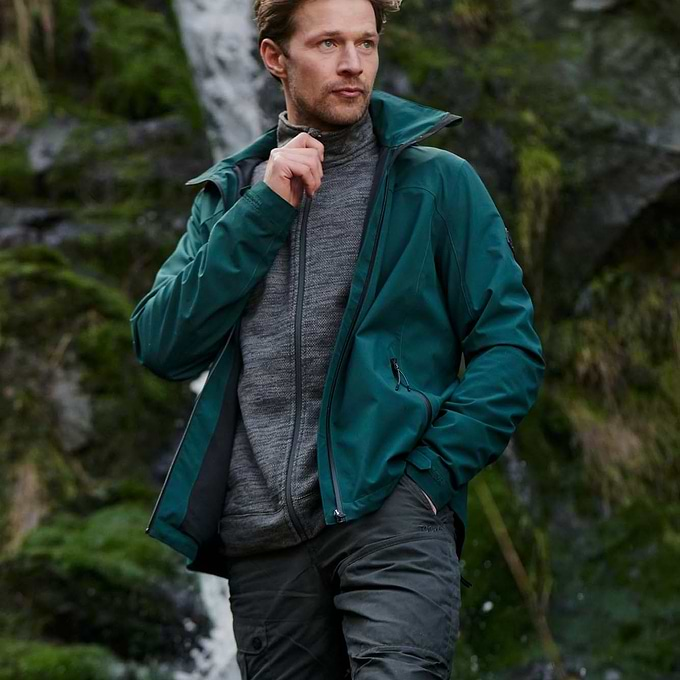
WATERPROOF JACKETS - EXPLAINED!
TOG24 waterproofs are designed to be the perfect balance between practicality and style, so whether you’re off for a hike, or just headed out for a quick dog walk, you’ll be prepared for the wet weather. But what does waterproof mean? And which waterproof is right for you? Here’s our quick guide to waterproof jackets so you can make an educated purchase and get the coat that’s right for you and for your needs.
What makes a product waterproof?
There are four main elements which contribute to making a coat fully waterproof.
- TAPING
Tape is applied to all seams internally, preventing water from getting through the stitches.
- DWR
A DWR – Durable Water Repellent – coating is applied to the outer layer of the jacket causing water to bead and run off the fabric.
- MEMBRANE
A thin technical layer is bonded to the outer allowing moisture to escape whilst also keeping the rain out.
- DETAIL
Extra considerations such as waterproof zips, storm flaps, dropped shoulder seams and more are all features that contribute to waterproofing.
What is the difference between a 2-layer and 3-layer waterproof?
There are different types of layering options when designing and creating a waterproof.
- A 2-layer waterproof consists of an outer fabric – the “shell” – which a membrane bonded to the reverse side. 2-layer waterproofing performs really well and is our most popular type of waterproof at TOG24.
- A 3-layer waterproof is more technical, offering higher performance. It is constructed similarly to a 2-layer waterproof with an additional layer: the ‘scrim’ which is a third layer bonded to the membrane. The ‘scrim’ has a mesh-like texture, and the technology makes the fabric very durable and protective.
What do waterproof ratings mean?
At TOG24 we have created a simple guide for determining which waterproof rating is suitable for your needs. Waterproofs vary on the volume and pressure of water that they resist, but they all protect from water on some level so you may find that a lower rating is fine for your lifestyle and needs – a higher rating (and price tag) is not always necessary! Check out our handy table below…
